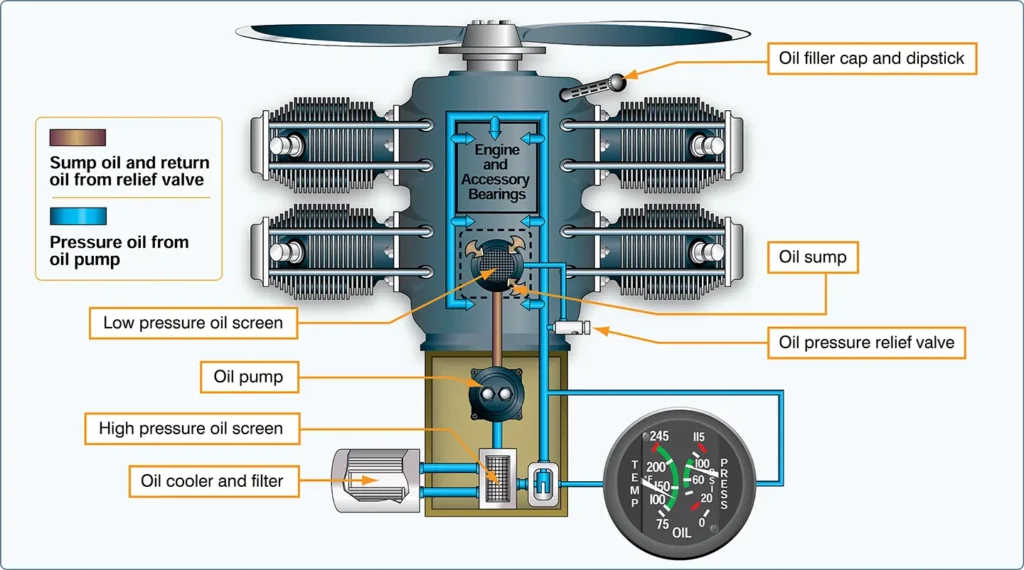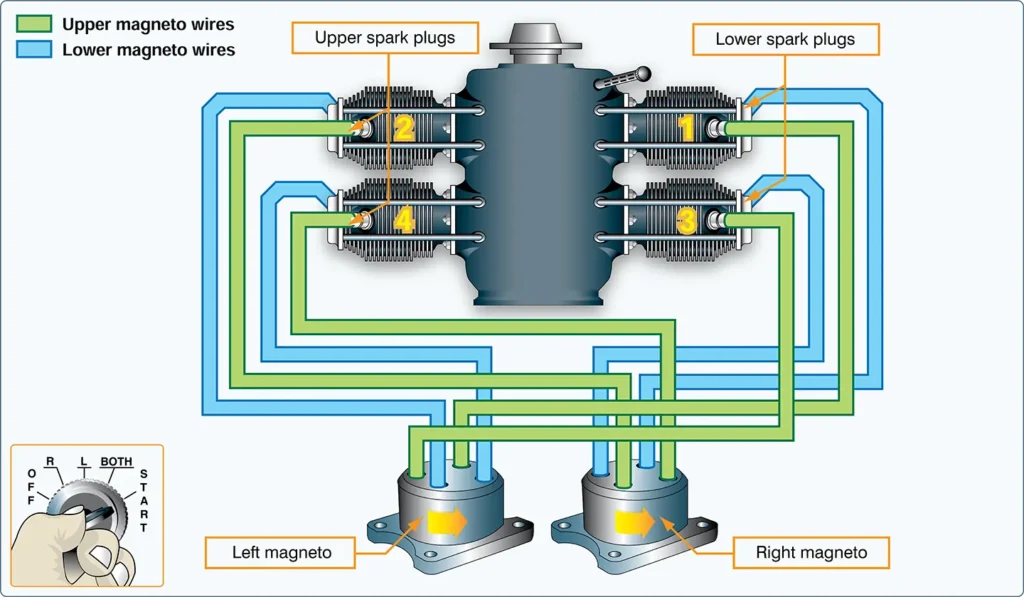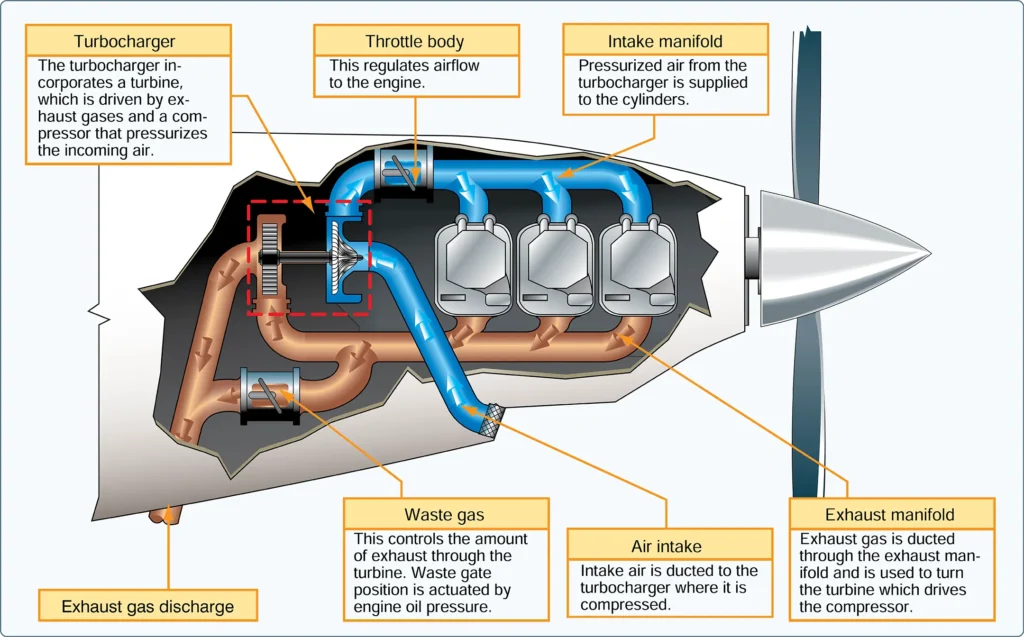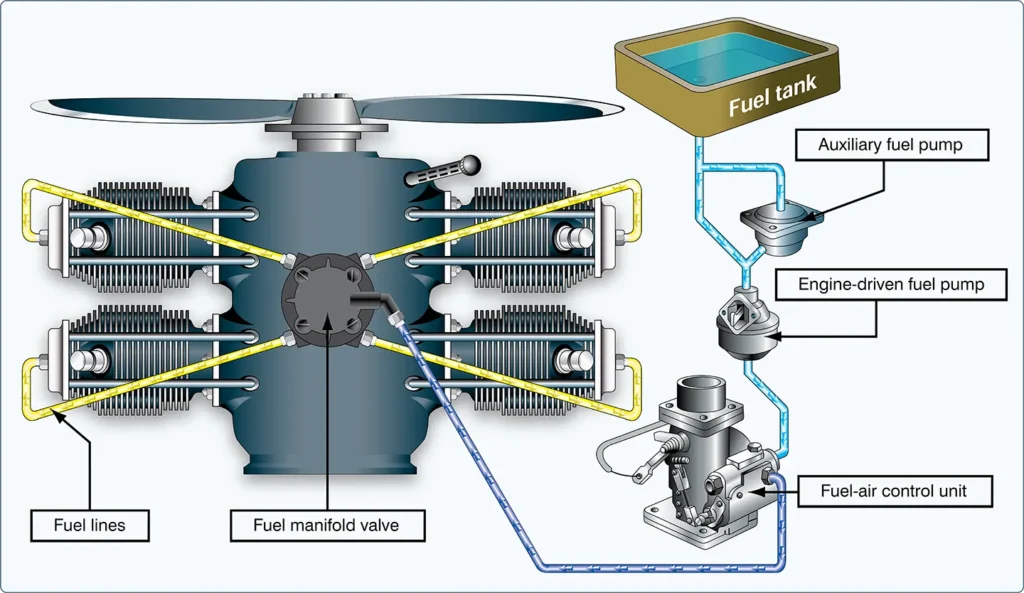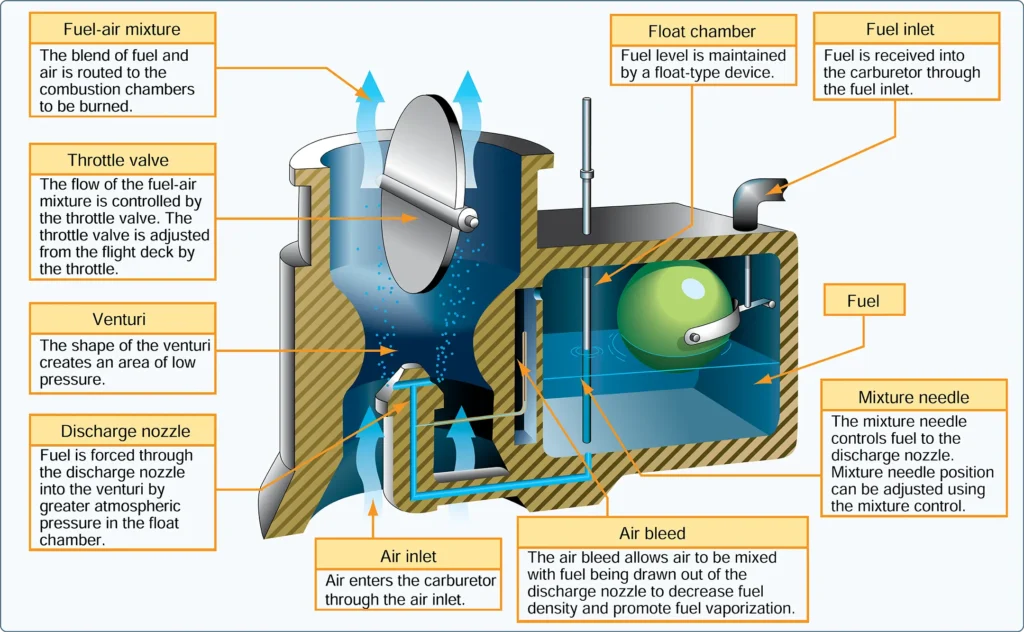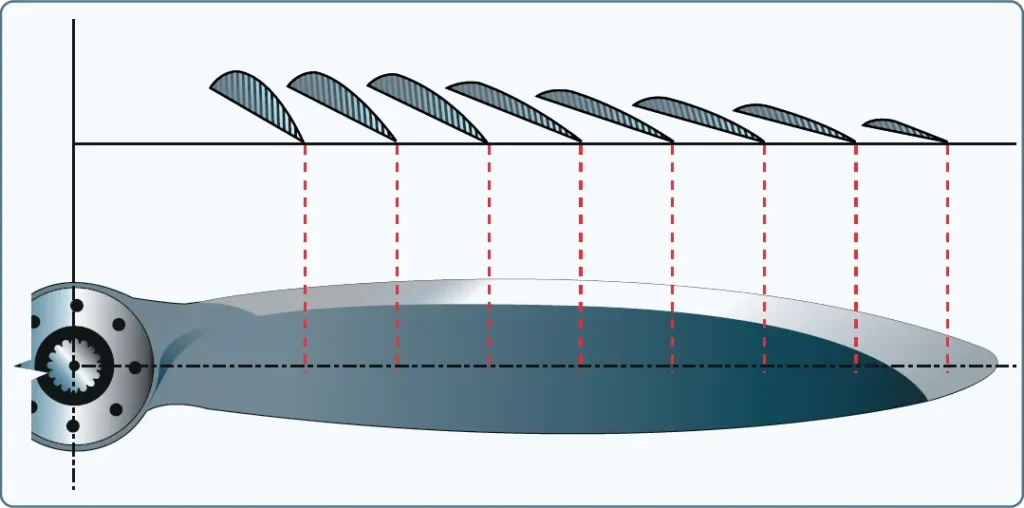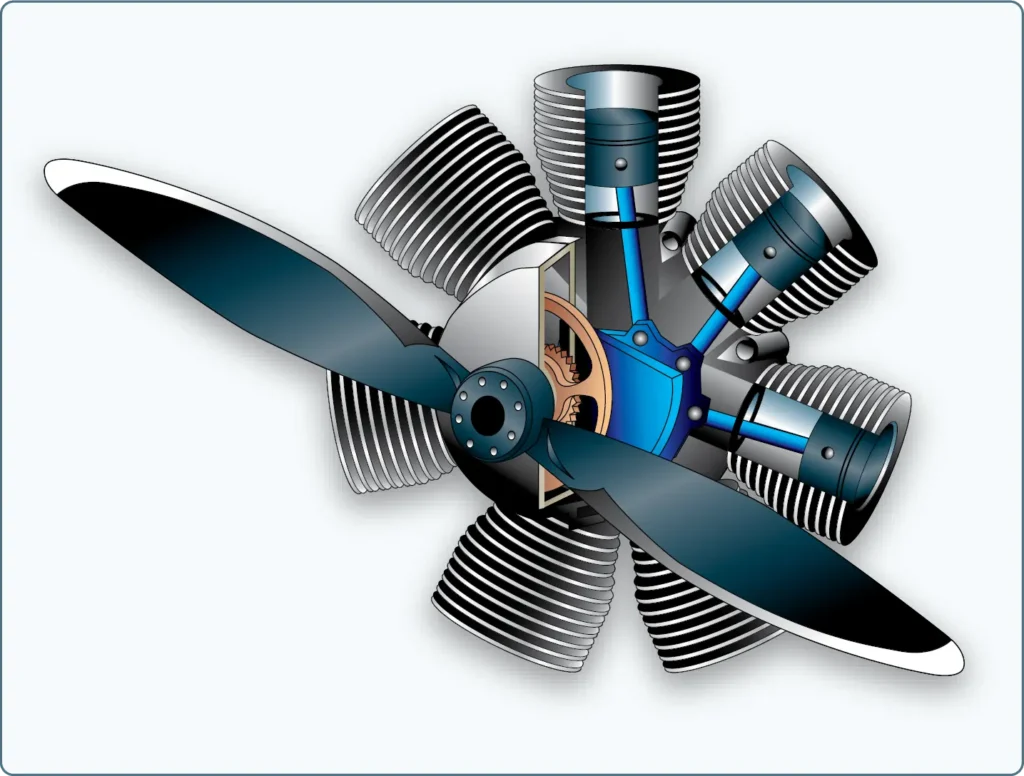Aircraft Reciprocating Engine Oil Systems
Aeronautical Knowledge, Flying TrainingThe engine oil system performs several important functions: Lubrication of the engine’s moving parts Cooling of the engine by reducing friction Removing heat from the cylinders Providing a seal between the cylinder walls and pistons Carrying away contaminants https://aircraftsystemstech.com/humix/video/UIWeIoRjlIf Reciprocating engines use either a wet-sump or a dry-sump oil system. In a wet-sump system, the […]

